Sudan, which is also known as North Sudan since South Sudan’s independence and officially the Republic of the Sudan, is a country in Northern Africa. It’s bordered by Egypt to the north, the Red Sea, Eritrea and Ethiopia to the east, South Sudan to the south, the Central African Republic to the southwest, Chad to the west and Libya to the northwest. Take a look below for 30 more interesting and fascinating facts about Sudan.
1. Sudan is a member of the United Nations, the African Union, the Arab League, the Organization of Islamic Cooperation and the Non-Aligned Movement, as well as an observer in the World Trade Organization.
2. The name “Sudan” translates to, “the land of the blacks,” in Arabic. It’s taken from the Arabic, bilad as-sudan.
3. Sudan was one the biggest and most geographically diverse states in South Africa. However, it was split into two countries in July, 2011. Currently, it’s the third biggest country in Africa, after Algeria and the Congo.
4. By 1945, two political parties emerged in Sudan. One was the National Unionist Party and the other was the Umma Party.
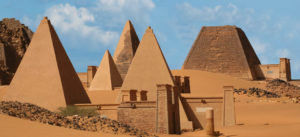
5. On January 1, 1956, Sudan gained independence from Egypt and the United Kingdom.
6. The White Nile and the Blue Nile are the two tributaries of the Nile. The tributaries merge at Khartoum, which is the capital of Sunda, becoming the Nile River proper before flowing into Egypt. Its other major tributaries are the Bahr el Ghazal, Sobat and Atbarah rivers.
7. The war in Darfur began in February, 2003, and it’s caused an estimated death count of 200,000 to 400,000 people, displacing 2 million others.
8. Sudan’s president al-Bashir can technically be arrested anywhere, but the Sudanese government refuses to do so, along with many other African countries who are loyal to the African Union. The African Union opposes al-Bashir’s arrest because they believe that it may further destabilize Sudan.
9. When president al-Nimeiry enforced sharia law throughout Sudan in 1983, the country’s entire stock of alcohol was poured into the Nile River. Alcohol is still banned in Sudan.
10. Apostasy, converting from Islam to Christianity, is a capital offense in Sudan.
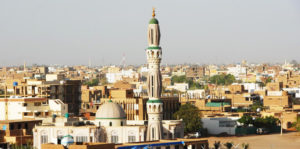
11. Under sharia law in Sudan, stealing anything valuable can be punishable by the amputation of the right hand. Aggravated theft and other severe crimes are punishable by the amputation of the right hand and left foot.
12. Sudan is home to more pyramids than Egypt, giving it the world’s largest collection of pyramids in one place at over 200 pyramids in total.
13. South Sudan is the world’s newest nation.
14. Deriba Caldera is the highest point in Sudan at an elevation of 3,042 meters. It’s located in Darfur in the western part of Sudan.
15. The Red Sea, which is also called the Erythraean Sea, is the lowest point in Sudan.
16. With 114 native languages and more than 500 accents, Sudan has a diverse multilingual population.
17. Petroleum is Sudan’s major natural resource. After the separation of South Sudan from the North, an estimated 5 to 7 billion barrels of oil reserves have been lost to South Sudan.
18. Sudan suffers from periodic droughts, desertification, soil erosion, declining wildlife and an inadequate supply of potable water.
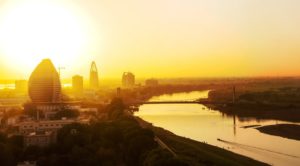
19. A haboob, which is a type of intense dust storm, can occur in Central Sudan. The storm is known for reducing visibility to zero.
20. In Sudan’s Rashaida tribe, the average household owns between 50 and 70 camels. The camels are mostly raised for the milk, although some are bred for meat and racing.
21. In addition to being oiled and perfumed, a Muslim bride in Sudan may have all of her body hair, except the hair on her head, removed with boiled sugar and lemon juice.
22. Many of Sudan’s brides are putrefied in the smoke of Talih wood on the evening of their wedding to mark their passage into married life. The smoke is sometimes seen as an alternative to Botox as it’s thought to tighten the skin and make the bride appear more attractive.
23. Sudan’s Fur people practice rain cults, which involve performing animal sacrifices at shrines and ancestral tombs when rain is likely to fall.
24. Many Muslim tribes in Sudan practice polygamy, and some arrange marriages to cousins.
25. Under Nilotic tradition, Sudanese people practice ghost marriages, which is when a brother marries his deceased brother’s wife in order to provide him with an heir. The new groom acts as a stand in for his deceased brother and any resulting children are considered to be the deceased brothers.
26. Sudan’s Otoro tribe believe in oracles and witchcraft. However, witchcraft is only thought to be effective against those who are guilty of a crime.

27. A popular site for divers in Sudan is the Blue Bell wreck, which is also known as the Toyota Wreck, because of the scattered cargo of Toyota cars, trucks and tractors from a 1977 shipwreck.
28. Egypt’s Pharaoh Tutankhamun was buried wearing sandals with images of Sudan’s Nubians on the soles so that he might trample on them for eternity.
29. The conflict between Sudan and South Sudan is Africa’s longest civil war, lasting from 1955 to 1972 and again from 1983 to 2005. The war has left over 2.5 million Sudanese dead and more than 4 million displaced.
30. The conflict in Sudan’s Darfur began between the nomadic Arab tribes encroaching upon the settled land of black farming tribes, such as the Fur, Masalit, and Zaghawa tribes. The conflicts escalated in 2003 when Sudan’s government took the side of the nomadic Arabs, causing the non-Arab tribes to rebel.

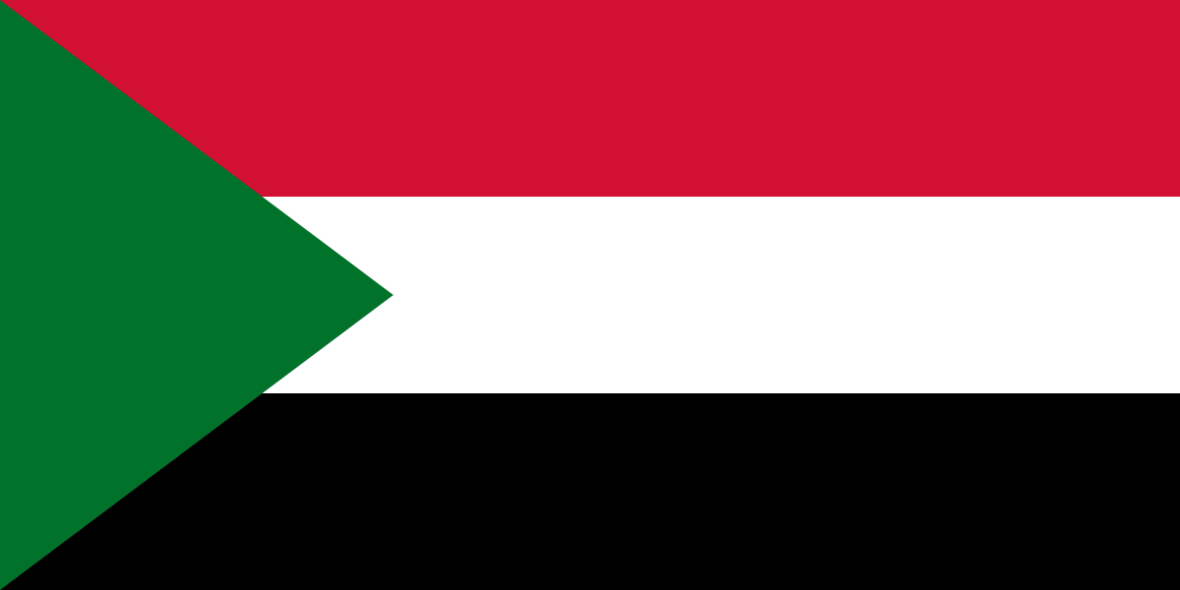


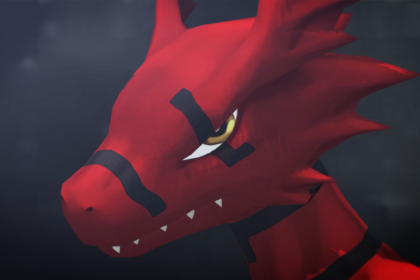
2 Comments
Pingback:
February 5, 2018 at 12:52 pmPingback:
February 8, 2018 at 12:53 pm